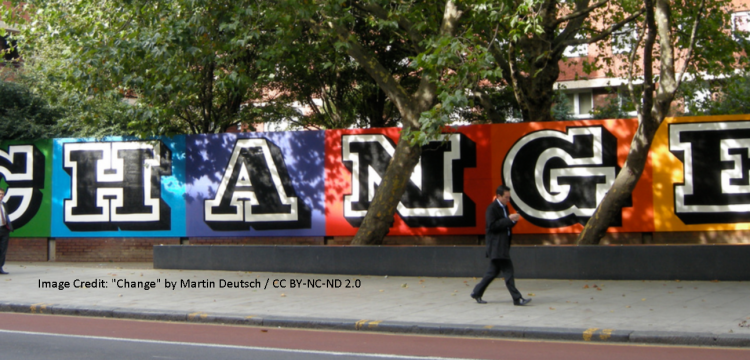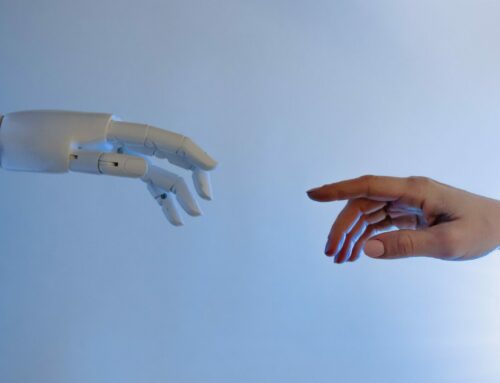Inclusive higher education for the benefit of all
Patrick Blessinger, Jaimie Hoffman and Mandla Makhanya
St John’s University (NYC), University of Wisconsin at La Crosse, University of South Africa
Broadly defined, institutions of higher education are social structures that fulfil a common social purpose of creating an educated citizenry. They achieve this through policies, rules, customs, symbols and traditions. As such, institutions exemplify structures for social order, creating the norms and expectations for human behaviour.
As such, educational institutions have an implicit social responsibility to ensure that these practices work for the benefit of all students.
Throughout the nearly one thousand-year history of higher education, higher education institutions, or HEIs, have demonstrated remarkable resilience in the face of continual political, social, economic and technological change.
HEIs have remained remarkably stable in their missions, structures and practices over the past millennium, even in the face of revolutions, innovations and other forms of dramatic social change. Thus, some of the key defining characteristics of HEIs are their stability, permanence and resilience.
However, this same constancy can also serve as a form of institutional inertia that can slow the pace of change within HEIs, even in the face of great pressure to change and amidst the clear demand to respond to the needs of a changing student population.
To address these issues and in support of the United Nations Sustainable Development Goals, we, along with other international equity and inclusion scholars, present a set of evidence-based manuscripts in the forthcoming book series, International Perspectives on Equity and Inclusion.
Juxtaposition of conformity and diversity
Today, parallel with the trend towards greater harmonisation and conformity of higher education (for example, increased alignment of frameworks for qualifications, academic credit and quality assurance) across national and institutional boundaries, diversifying higher education also continues to increase at the same time with respect to institutional types and changing faculty and student demographics.
The juxtaposition of conformity and diversity reflects an increasingly complex and dynamic environment within which HEIs operate. Several theories exist to explain how HEIs evolve and respond to changes in their environment. For instance, institutional theory posits that HEIs strive for legitimacy. Legitimacy is often pursued through institutional branding, prestige and selectivity strategies, which helps explain some HEI behaviour.
Institutional theory contends that in an environment where such things as ranking systems, accreditation agencies and disciplinary associations drive the normative expectations of how HEIs and academic disciplines should behave, there is pressure on HEIs to increase their perceived legitimacy by conforming to the prevailing environmental norms, resulting in increased isomorphism, a similarity in structure and processes.
Furthermore, institutional theory suggests that the outcome of this legitimisation mindset tends to lead to increased conformity and a simultaneous decrease in institutional diversity.
However, while pressures to conform help explain part of institutional behaviour (in terms of common frameworks and practices), institutional diversity (in terms of institutional types, types of programmes, delivery modes and student demographics) has actually increased dramatically in recent years as a result of the increased democratisation of higher education, increased internationalisation of higher education and increased acceptance of lifelong learning as a human right.
The tensions of change
Differentiation allows an HEI to position itself with a unique institutional identity and mission. Thus, differentiation may help explain the dichotomy between increasing conformity on one hand and increasing diversity on the other.
Notwithstanding an institution’s tendency towards stability, higher education has probably experienced more change in the past few generations (since World War II) than at any other time in its history. In an era of increased student choice and decreased public funding, HEIs must adapt to the changes in their environment in more responsive and specific ways. It is this constant interplay between stability and reform that creates the tensions of change.
Change can come about by both internal and external pressures. Some of the key internal pressures include distribution of power, resource allocation and policies. Key external pressures include increased demand for educational services, technological innovations, legal reforms and changing funding sources. Pressure to change how teaching and learning is delivered has been one of the most dramatic areas of change.
Education is not only viewed as a key driver for political stability, economic growth, social progress and technological innovation, but also as a means to achieve greater equity and social mobility within society. However, the socialisation function of education may, at the same time, also have the unintended consequence of reproducing social and economic inequalities by reinforcing existing race, gender and class stratifications.
The need for change
Empirical data suggests that increasing amounts of high-quality education tend to produce more social capital, economic growth and democratic development. HEIs around the world are increasingly associated with modernisation, economic development and technological innovations.
So, if one of the key goals of education is to foster personal growth and agency within students, educational structures and culture must continually be renewed through innovation and creating a culture of inclusion at all levels.
Education therefore becomes the main vehicle through which people acquire the cultural, social and academic capital needed to foster justice, to allow students to become more self-determining agents of their own lives and to take increasing degrees of ownership of their own learning as they progress through the education system.
Education therefore is not just about preparing for a career (albeit a necessary function) but also about fostering self-determination, agency and lifelong learning.
Lifelong learning has become so important to the development of modern societies that access to basic and higher education is now considered a human right. The United Nations International Covenant on Economic, Social and Cultural Rights states that “higher education shall be made equally accessible to all, on the basis of capacity, by every appropriate means, and in particular by the progressive introduction of free education”.
It is within this context that we must strive to make higher education work for the benefit of all people.
Patrick Blessinger is an adjunct associate professor of education at St John’s University, New York City, USA, and chief research scientist for the International Higher Education Teaching and Learning Association. Jaimie Hoffman is an adjunct professor at University of Wisconsin La Crosse and higher education scholar in California, USA. Mandla Makhanya is principal, vice-chancellor and professor at the University of South Africa.
Suggested Citation:
Blessinger, P., Hoffman, J. & Makhanya, M. (2017). Inclusive higher education for the benefit of all, Higher Education Tomorrow, Volume 4, Article 12, https://www.patrickblessinger.com/inclusive-higher-education-for-the-benefit-of-all
Or
Blessinger, P., Hoffman, J. & Makhanya, M. (2017). Inclusive higher education for the benefit of all, University World News, http://www.universityworldnews.com/article.php?story=2017112811351552
Copyright © [2017] Patrick Blessinger, Jaimie Hoffman and Mandla Makhanya
Disclaimer
Opinions expressed in this article are those of the author, and as such do not necessarily represent the position(s) of other professionals or any institution.




